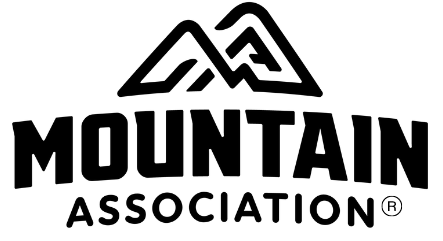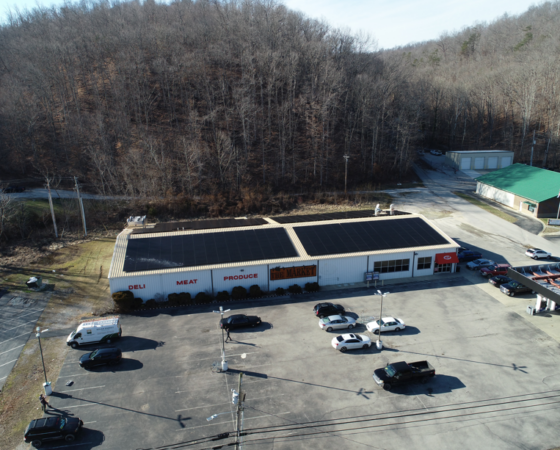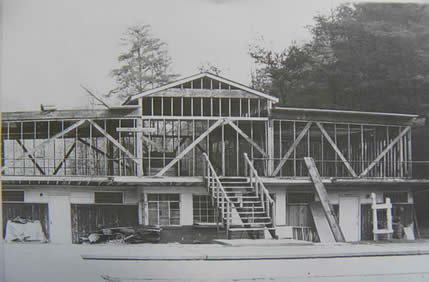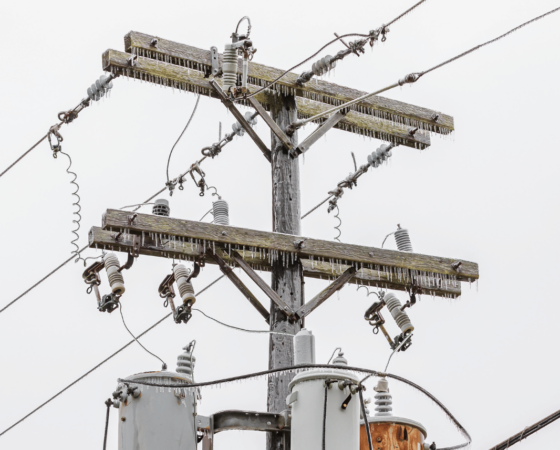When the power goes out—whether from a storm, grid failure, or another emergency—having a small-scale backup energy solution can keep your essential devices and appliances running. But how do you figure out what kind of backup power system is right for you- a battery system or a generator? And what size?
Our energy experts developed a guide to help you plan for your emergency energy needs. The steps below can help you start to develop your plan, but there’s a lot more to consider. Be sure to check out the full guide at the end of the post!
Step 1: Identify Your Essential Energy Needs
Start by thinking about which devices are absolutely necessary during a power outage. Common items include phone chargers, lights, internet routers, refrigerators, sump pumps, or electric water pumps. Each of these has a specific “running wattage” (the power it needs to operate) and a “peak wattage” (the burst of power it needs to start up).
For example:
- A phone charger uses about 10 watts.
- A laptop might use 50 watts.
- A fridge could use 600 watts (but runs intermittently).
- A sump pump could require up to 1000 watts at startup.
By using our energy calculator worksheet (linked in the guide), you can add up the total wattage for all the devices you want to run during an emergency—this is your critical load.
Step 2: Calculate Your Needs
Once you’ve determined the running and peak wattage, it’s time to figure out how long you’ll need power. This is where watt-hours (Wh) or kilowatt-hours (kWh) come in (1 kilowatt = 1000 watts). Multiply each device’s wattage by the number of hours you’ll use it in a day to get your total energy use.
For instance, running a fridge for 8 hours at 600 watts totals 4.8 kWh. If you want to run a phone charger for 2 hours at 10 watts, that’s 20 Wh.
The total daily energy use tells you the capacity you need. If your needs exceed 1000 Wh (1 kWh), consider a larger system or stackable battery stations that let you expand your capacity.
Step 3: Choose the Right Backup Power Option
There are a few types of small-scale, portable backup power options. In our full guide, you can find the approximate price range, running time and other details:
- Power Stations: Portable power stations are high-capacity battery packs in a compact and travel-friendly design. They are best for small loads like phones, laptops, lights, and routers. Many models have solar input options for renewable recharging if you’re off-grid. Some can be “stacked” to add additional capacity.
- Inverter Generators: Inverter generators and regular generators differ by how they produce power. Inverter generators use an inverter to convert AC power generated by the engine to DC, then back to AC, resulting in more stable power for sensitive electronics, while regular generators produce AC power directly from the engine. Inverter generators, like gas generators, run off gas, propane, or natural gas, but they are more efficient and quieter than traditional gas generators, and they emit fewer pollutants. These are suitable for running medium to large appliances like refrigerators or water pumps.
- Gas Generators: Running off gas, propane or diesel, these have a high power output but are louder.
Safety is key—never use fuel-powered generators indoors. Additionally, “backfeeding” a gas generator (plugging it directly into a wall outlet to power your home electricity) is
extremely dangerous and should never be done as it can electrocute utility workers, your neighbors and yourself by sending electricity back onto the power lines. It is possible to safely power your home’s electrical system with a generator by installing a transfer switch. Be sure to consult with a licensed professional for this.
It is also important to properly maintain your backup power source, see our full guide for tips.
We’re Here to Help
Having a plan for emergency power can bring peace of mind and comfort during unexpected outages. For personalized guidance or larger system needs for your small business or nonprofit, contact the Mountain Association Energy Team at info@mtassociation.org.
Full guide:





